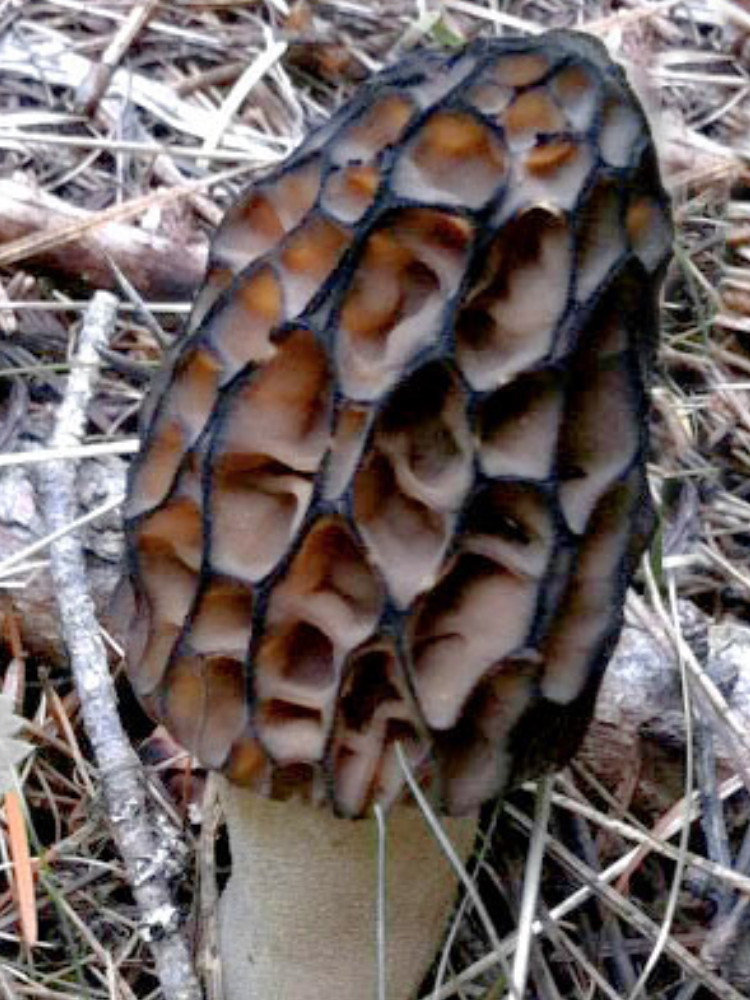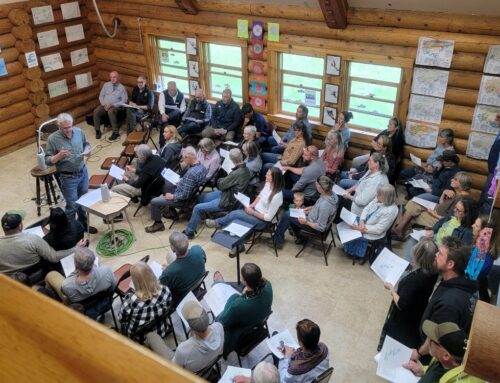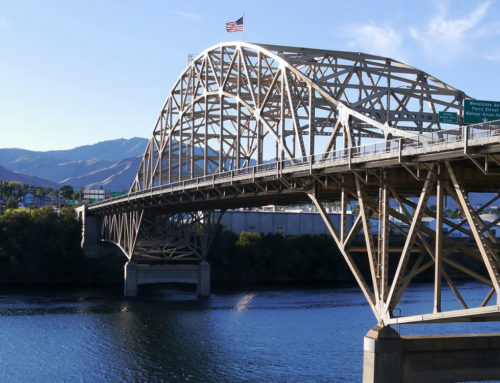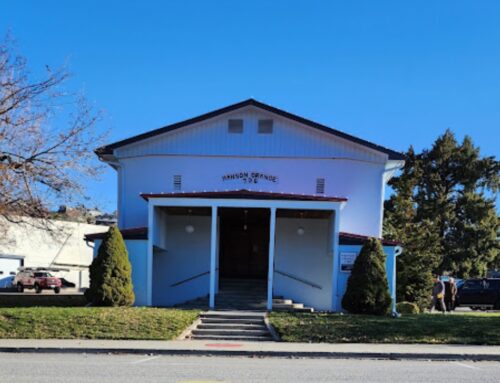Foraging for morels in the Okanogan-Wenatchee National Forest
information released
As snow melts off lower elevations and access becomes easier across the Okanogan-Wenatchee National Forest, those planning to forage for morel mushrooms will be able to purchase a commercial harvesting permit starting May 1.
Commercial permits, for those who plan to collect or possess more than five gallons of mushrooms per day or sell mushrooms, will be sold at Forest Service offices in Winthrop, Cle Elum, and Naches. A two-day permit costs $30, a 30-day permit is $80, and a season permit is $100; the season runs from May 1 through July 31. Permits must be in the harvester’s possession when collecting mushrooms. Permits, and maps in six languages, are available for harvest areas in the Cedar Creek, Cub Creek 2, and Schneider Springs fire areas on the forest. Although these maps are dated 2022, the information they contain remains the same for harvesting activities occurring in the forest in 2023.
Harvesting mushrooms for personal use, up to five gallons per person per day, is free but individuals must obtain and carry a copy of the Free Incidental Use Mushroom Information Sheet with them while harvesting in lieu of a permit. This information sheet can be printed off the forest website at bit.ly/3ymD2cS and is also available at local national forest offices.
Last year, 262 commercial harvesting permits, for a total of $23,860, were sold for the three large fire areas that burned in 2021—Cedar Creek fire near Winthrop, 55,842 acres, Cub Creek 2 fire near Winthrop, 70,186 acres, and Schneider Springs fire near Naches with 107,322 acres burned.

“Weather, soil moisture and soil temperature all play a role in how mushrooms develop. Morels are known to have second year crops which can be more unreliable. Last year’s season was a long cool spring and a quick to hot summer. Currently, we have a nice winter snowpack which could lead to a second year flush of mushrooms in places,” said Forest Service Botanist Helen Lau.
“We recommend that harvesters leave some mushrooms so that spores can seed future mushrooms and also be food for wildlife. To minimize impacts when harvesting, don’t use rakes, dogs, pigs, or other methods to dig mushrooms. Definitely use a knife and cut the mushroom at its base instead of pulling the entire fruiting body from the ground,” Lau said.
The Minnow Ridge and White River-Irving Peak fire areas on the Wenatchee River Ranger District will be open only for personal use mushroom harvest. “No commercial mushroom harvesting will occur in the White River and Minnow Ridge fire areas to allow district staff to focus on post-fire rehabilitation and Central Washington Initiative priorities. This will also provide personal use pickers areas to hunt for mushrooms outside of the commercial permitted areas,” said Wenatchee River District Ranger Erica Taecker.
Mushroom harvesters need to be aware of common hazards and use caution while traveling in post fire landscapes. Due to the snow pack, roads at higher elevations may remain impassible due to snow and debris through June. Also, rivers and creeks may be running very high and can be dangerous. Be aware of your surroundings as trees can fall without warning, especially if it is windy. Don’t park or stop for breaks or lunch in burned areas where tree limbs might fall and avoid dense patches of dead trees. Remember, you are responsible for your own safety and for the safety of those around you, so please store all food in a bear resistant manner to avoid unhealthy interactions with wildlife. It is a good idea to make noise so wildlife know you are in the area.
As forest visitors search for mushrooms in fire affected lands, practicing leave-no-trace etiquette is very important. Commercial harvesters camping overnight are encouraged to utilize designated camps, where garbage dumpsters and toilets will be placed to minimize impacts. Two camps will be up and running the first weekend in May in the Methow Valley Ranger District area including the Eight Mile dispersed camping site on the west edge of the Cub Creek 2 burn area, and the Cedar Creek gravel pit on the north edge of the Cedar Creek burn area. The Naches Ranger District has not designated camping sites for commercial harvesters around the Schneider Springs burn area but will provide dumpsters and porta-potties at strategic sites.








